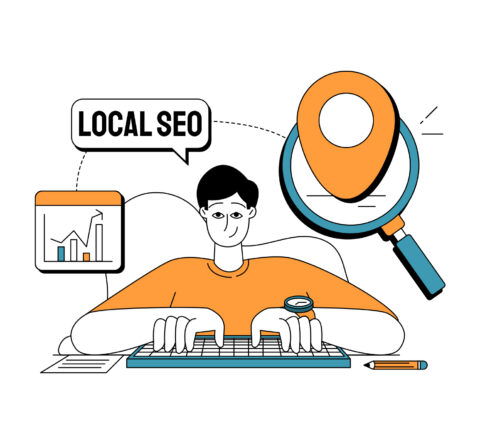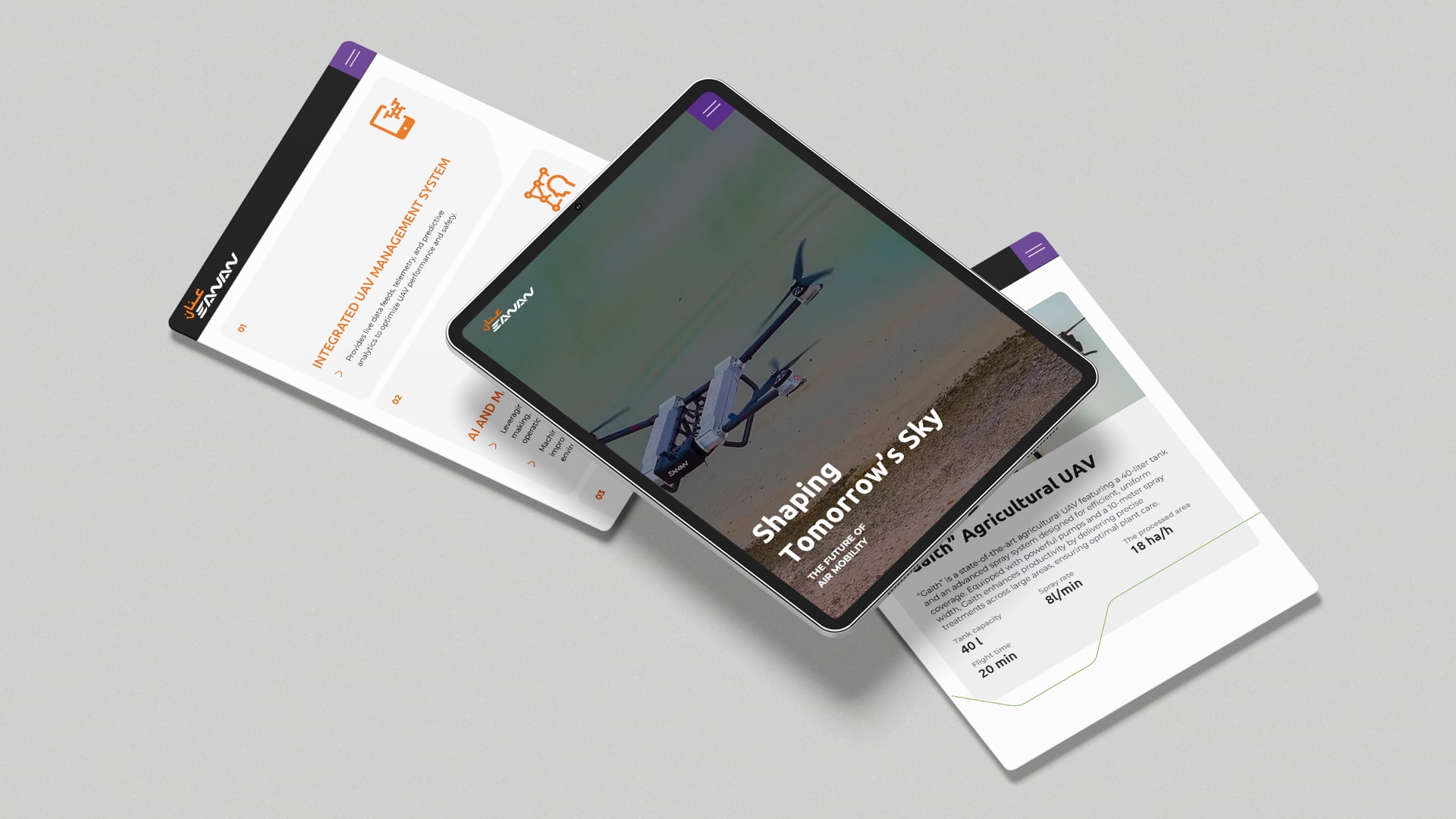If you want to sell your products globally, you have to do more than just translate your website and avoid many international SEO mistakes. Search engines need clear signals to show the correct language or regional version of your site to the right users.
This is where hreflang tags become critical to avoid common hreflang SEO mistakes. When implemented correctly, they enhance user experience and improve global rankings. But when done incorrectly, hreflangs can lead to duplicate content, indexing errors, and degraded rankings, all of which harm global visibility which is why it is very important to fix hreflang issues.
This guide focuses on practical hreflang troubleshooting to help you identify and resolve problems before they affect your performance. By proactively addressing these issues, brands will be enhancing their overall global strategy for hreflang SEO.

What is Hreflang and Why Should I Care?
Hreflang is an HTML tag that tells the search engine which language and regional version of a page a user should receive, depending on whether the user is in that location.
Hreflang can tell the difference between a page in English (US) and a page in English (UK) even if the content is almost exactly the same. Hreflang assists in directing the user to the pages most relevant in their region, by language and country.
Benefits of Using Hreflang
- Prevention of Duplicate Content: It adds clarity to search engines binding the link between versions and allowing for proper indexing.
- Supports Global SEO: Content delivery in accordance with local search intent.
- Supports Visibility: It assures search engines are serving the correct version of the site in each of the international markets.
Common Hreflang Implementation Errors
Hreflang is one of the most powerful but also error-prone parts of international SEO. Even minor mistakes or bugs can cause a lot of trouble with different versions of a site.
A Common Hreflang Problems Would Be
- Return Tags Missing: Page A references Page B but Page B does not reference Page A back. This is problematic because it weakens the relationship between versions.
- Inaccurate Language or Region Codes: If the provided ISO code is incorrect (ex. en-UK for en-GB), Google will not recognize the correct version of the page.
- Competing Links for Canonicals: When a canonical and hreflangs point to a different version of pages, it reassures search engines less and differently.
- Using HTTP or Relative URLs: When specifying hreflang tags, you always want to use HTTPS and absolute URLs over a relative one.
- Not Including an x-default Tag: Without an x-default tag, users in areas not defined in your hreflang may be directed to URLs when they should have been directed to the default.
Mistakes to Avoid (and Their Outcomes)
Even companies utilizing hreflang will still wind up placing identifiable mistakes in their setup that have a negative effect on visibility or rankings.
Common Setup Mistakes
- x-default wrong: If you put the x-default tag on the wrong URL that is supposed to be for a global audience, you will misdirect that audience to another area.
- Broken or Mismatched URLs: This refers to an hreflang attributes pointing to a URL that does not exist or has been redirected. These cannot be indexed when blocked.
- Confusing Relative vs Absolute Links: This creates inconsistencies within the international versions.
- Automated CMS/Plugin Generated Confusions: If you are using an automated hreflang generation from a CMS or plugin, lots of times these will duplicate signals or mismatch their specifications.
- Not Including Hreflangs on Mobile Pages: Not including hreflangs on mobile pages can cause hreflang duplicate content and lead users to a bad search experience.
How to Fix Hreflang Issues?
Creating a troubleshooting plan can help ensure that your hreflang is still properly set up in a way that supports your global SEO goals.
In Steps to Fix Some of the Common Issues
Audit Those Tags:
Use the International Targeting report in Google Search Console in combination with other tools like Screaming Frog to find errors in your hreflang implementations.
Check for missing return tags, broken links, or incorrect codes.
Ensure Bi-Directional Linking:
If Page A links to Page B, make sure Page B links back to Page A.
Use Correct ISO Codes:
Always apply accurate two-letter language and region codes (e.g., en-us, fr-fr).
Align with Canonical Tags:
Canonical and hreflang attributes must support the same page version.
Use HTTPS and Full URLs:
Avoid using relative or HTTP links, both can break hreflang signals.
Insert an x-default Tag:
This gives users located outside of the target regions a fallback.
Real-Life Applicability of Hreflang
Implementing hreflang appropriately will tangibly affect your international SEO strategy.
Ecommerce Example:
A large multinational fashion retailer who operated in the UK, US, and UAE improved their hreflang links and reduced duplicate content by 40%, and increased organic clicks by 25%.
B2B SaaS Example:
A software company successfully segmented and localized their content for Germany (de-de) and Austria (de-at) to ensure that the right pages showed in the local market, increasing conversions from those areas by 18%.
Hospitality Example:
A hotel chain created an x-default for everyone around the world and decreased bounce rates by 15% for people located outside their key markets (by IP).
Publishing Example:
A global news organization with users in English, Spanish, and Arabic used hreflang in a way that improved placement, where region-based editions (such as “en-us,” “es-mx,” or “ar-ae”) would rank appropriately for any given region. This process resulted in a decrease of English pages ranked in Arabic results by 60% and added more local engagement metrics and time on page.
Travel & Tourism Example:
An international travel-booking site implemented hreflang tags to help differentiate country-specific offers (for example, “au-en” or “en-nz” for New Zealand). Once the team corrected the missing return tags for either version and added an x-default homepage for search engines to reference, they saw traffic from areas outside of the US increased by 22%.
Automotive Example:
A European car manufacturer created localized versions of product pages where the correct hreflang attributes (for example, “fr-fr,” “de-de,” “it-it”) were applied that correctly separate its French pages from ranking in the German markets. The visibility of the manufacturer improved by 30% across EMEA.
Hreflang Best Practices for Long-term Management
It’s important to fix hreflang mistakes, but even better to avoid hreflang mistakes!
- Have a Regular Audit: Use an SEO tool to check for consistency for your hreflang after each update or after a content launch.
- Update Your XMLs: Always include hreflang annotations in your XML sitemaps to help search engines.
- Avoid hreflang + Redirects: Make sure hreflang is always pointing to the final destination URL.
- Validate CMS or Plugin Output: Check that automation doesn’t create conflicting hreflang tags or duplicate hreflang tags.
- You Can Test Before Going Live: Always check your hreflang in a staging environment before your launch to avoid large-scale errors.
Why Hreflang is Important for Global SEO
For international companies, hreflang is a necessity. Without hreflang tags, search engines may serve the incorrect version of the page which can cause confusion for users or lead to lost traffic.
Hreflang Benefits for Global SEO
- Better Targeting: There will be no question about which language and/or version to serve to different audiences.
- Improving Your Rankings: Hreflang tags help to prevent duplicate versions of the page from ranking against each other in search.
- Creating Brand Trust: Hreflang creates trust for users by showing them the correct version of the page localized to their area and accurate content.
- Regional Markets: Hreflang might help with targeting globally, but remains to be seen and often overlooked when about local accuracy and cultural context, like the Middle East.
Regional Market Considerations
While hreflang could assist with global targeting, it remains to be seen, and it’s often overlooked, when considering local accuracy and cultural context, like the Middle East.
Local Audience SEO Considerations
- Specific Language Accuracy: Make sure you are utilizing the correct hreflang tags based on Arabic, English, and whatever local language or dialect is relevant.
- Legal Compliance: Be cognizant of local privacy and digital regulations.
- Cultural Relevancy: Content should not just be language accurate but reflect regional tone and expectations.
Working with an SEO agency in the UAE can help you make sure your hreflang implementations use best practices for local audiences.
Final Thoughts
It’s often overlooked but hreflang is one of the most important tools to global SEO success. Inadequate set-up can result in duplicate content, loss of traffic, and poor geographic targeting.
Focusing on the hreflang checking and troubleshooting process enables brands to change and check for certain common errors prior to actually limiting performance.
A Simple Set of Protocols Could Be
- Correct ISO Codes
- Bi-directional Links
- Canonical Tags
- Full HTTPS URLs
If implemented properly, hreflang will improve your global search visibility and user experience, ensuring that your brand is connecting with the correct audience within the most relevant market. If you are someone who does not want to get into this technical stuff then you can rely on GTECH, one of the top search engine optimisation agencies in UAE.
Related Post
Publications, Insights & News from GTECH








